New-look loyalty schemes have embraced everything from gamification to charity donations. How are these helping the mults retain custom amid price rises?
Loyalty schemes were going stale. The old formula of ‘spend for rewards’ was leaving customers disenchanted and wanting more, as the promise of points lost its shine. A fifth of Brits didn’t even bother pulling out their cards to collect when shopping for groceries and fuel, a 2019 Onepoll survey commissioned by Esso revealed.
That same year, around 96% of consumers said they wanted loyalty schemes to do more, and three-quarters of them were ready to switch to a rival brand that offered better rewards, according to a KPMG survey.
Supermarkets have risen to that challenge. The past few years have heralded a clamour of activity with new schemes such as Lidl Plus and Asda Rewards, and innovative benefits from scratch cards and personalised offers to gamified ‘missions’. All of which are hoping to create a cohort of ever more loyal customers – especially as inflation hits home.
The pandemic was the initial turning point for loyalty. The acceleration of digital transformation and the rise in e-commerce, coupled with in-store barriers such as social distancing and safety measures, forced businesses to re-evaluate their customer retention efforts and step up their loyalty game.
“Customers discovered new brands online each day, only to abandon them after one order,” says Attila Kecsmar, CEO of loyalty management platform Antavo. “Loyalty programmes were seen as a solution.”
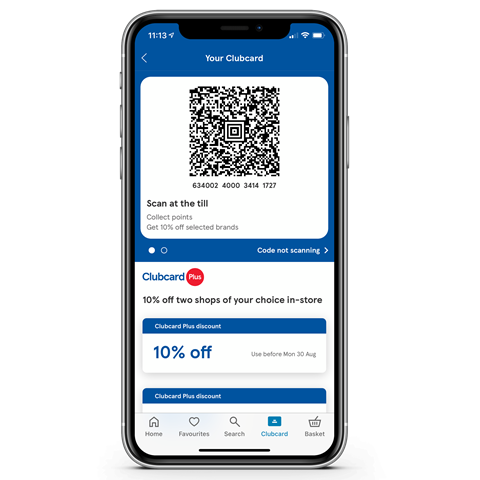
For those that found the solution, there were plentiful rewards. Despite the rise in shopping around, consumers are actually more emotionally invested than ever in their favourite brands, found a recent survey by Yotpo, an online marketing platform. The big change is that customers are loyal to an increasing number of businesses, Yotpo’s research found.
Therefore, supermarkets can’t afford to push out any old loyalty scheme. “Supermarkets must aim to become the definitive grocery loyalty programme for their respective shoppers,” says Kecsmar.
What shoppers want, after all, is for the relationship to go both ways. More than two thirds who are loyal to a brand would like a loyalty programme in return – typically one that gives them benefits above and beyond the average customer.
This can’t just be a tag-on to other threads of their customer experience, says Pete Howroyd, CEO and founder of loyalty e-wallet app Swapi (see right), who argues loyalty programmes have for too long sat on the edge of business decisions.
“You need to bring the loyalty into the centre of the business because we’re talking about the company’s biggest asset, which is the customer,” says Howroyd, who worked in customer loyalty for over 15 years with the likes of Harrods, Harvey Nichols and Morrisons.
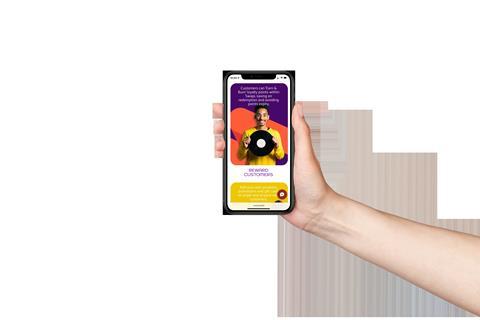
Gaming and personalisation
This need was reflected by both Lidl and Asda launching their own loyalty schemes in 2020, having previously shunned the concept. Both looked to inject an element of fun into the rewards process.
When Lidl launched its app-based Lidl Plus, it began by giving users weekly coupons entitling them to up to 25% off selected products. Now, it’s using gamification to engage shoppers. Lidl Plus users get digital scratchcards every time they make a purchase, giving them a one-in-five chance of winning a discount.
A similar concept is at play in ‘Asda Rewards’, which made its debut across 16 stores in October. While shoppers still follow the basic principle of ‘spend to earn points’, they can earn extra by completing ‘missions’ like buying five fruit & veg products or spending a certain amount in a particular category. The game elements are “fun little additions to help keep customers engaged”, says Antavo’s Kecsmar.
BrandLoyalty CEO Claudia Mennen agrees: interactive apps, games and limited campaigns around certain pop culture moments, like movie releases, are what the loyalty scene revolves around at the moment. “It’s all about experience in the end.”
Personalisation is also essential in this era of what Kecsmar brands ‘next-gen’ loyalty programmes. “With a next-gen programme, companies are providing a superior experience for customers, rather than an incentive to keep buying,” he says. “In other words, a traditional loyalty programme presents rewards, while a next-gen loyalty programme presents a journey.”
Take Sainsbury’s Great Big Fruit & Veg challenge, a month-long initiative launched in 2020 as part of the supermarket’s Help Everyone Eat Better commitment. Via the Nectar app, participants could set personal targets to keep track of their weekly fruit & veg portions count. They also received recipe ideas, food waste tips, and sustainability-related information.
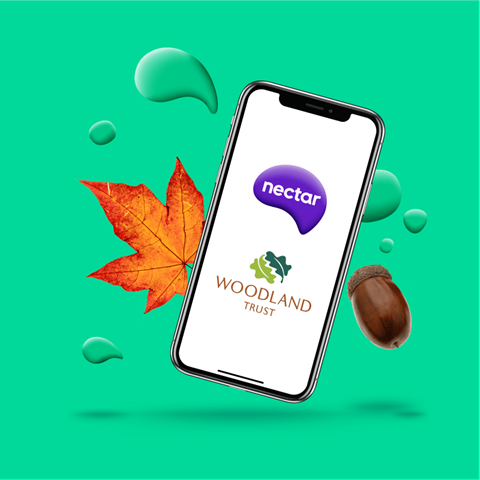
More than 500,000 customers signed up for the challenge in 2021, up 7% on the year before. This led customers to collectively buy 54.7 million portions of fresh produce over the four-week period, an overall increase of 9% in sales compared to the four weeks beforehand.
Last September, Sainsbury’s upped its focus on personalisation with the launch of My Nectar Prices, a digital and data-led loyalty offer that gives lower prices on products according to individual buying habits. It currently deploys over 95 million personalised offers every week. “We can now use customer data in a much more streamlined and relevant way,” says the supermarket’s chief marketing officer Mark Given.
Tesco is similarly using data to its advantage. It sent over 4.5 million personalised offers to customers in the first half of 2021. At the same time, the data also provides “live feedback” to help drive decisions such as whether to “kill” products that aren’t landing well with customers, says Tesco CEO Ken Murphy, or whether products should receive further marketing support.
It goes to show just how much loyalty programmes can boost customer satisfaction through data, says Tim Mason, CEO of Eagle Eye, the tech company that powers Asda’s loyalty programme.
All this data-driven activity is good at building long-term loyalty, which is the primary aim of such schemes. Still, certain loyalty campaigns are looking to create a more immediate boost to sales.
Last year, for example, M&S launched a Sparks campaign that consisted of a 12-day Christmas Advent calendar featuring exclusive prizes like a meet and greet with Gary Barlow, signed copies of Holly Willoughby’s book, and personal Christmas messages from A-listers.
More than 100,000 customers flocked to the Sparks app within 48 hours as a result, giving M&S its highest number of daily app downloads in 2021. The approach is helping M&S to “feel more fun and accessible” to shoppers, COO Stuart Machin told The Grocer last year. And it’s yielding results. Sparks has gained over 14 million customers since its July 2020 relaunch.
Some consumers, however, are not just in it for themselves. They want to use their purchasing power to do good, too. Take Brewdog’s loyalty programme Planet BrewDog. The main thing that makes its programme unique is the tie-in with sustainability, says Alice de Wend Fenton, the company’s head of CRM and loyalty.
“Members earn rewards when they offset CO2 and we also have a counter to show how many grams of carbon our community has offset,” she explains. “We’re proud of the fact we’re working towards something that’s good for the planet.”
Retailers are also embracing that giving back element. The My Morrisons platform, for example, allows users to join social groups such as NHS Club and Teachers Club for access to special offers, as well as the chance to donate to charity via limited campaigns.

Sainsbury’s has similarly launched an initiative that lets Nectar members donate their points to charity, with each point converted into funding that goes directly to the customer’s chosen charitable organisation. It follows in the footsteps of Co-op and M&S, who also fund charities through their loyalty programmes.
The move came after a 2020 survey conducted by Sainsbury’s found the majority of Nectar customers wanted to donate points to charitable causes. The new function provides “a new and simple way for customers to support the charities and causes they really care about”, according to Nectar head of loyalty Alex Naisby.
This community action will become increasingly important in years to come as a means of forging emotional loyalty, says BrandLoyalty’s Mennen.
Price matters
Responding to these new shopper desires is vital. Fail to engage and customers will soon forget their password, or leave their loyalty card at home, Kecsmar adds.
That said, the core principles of loyalty aren’t going anywhere. And the idea of money back – or even better, money saved at the point of purchase – has never been so tempting as food inflation mounts.
IGD chief economist James Walton forecasts shoppers are will increasingly be “switching retailers and brands to maximise their value for money” this year. “For food and consumer goods businesses, the immediate challenge will be securing shopper loyalty by assuring them that they are getting the best possible value,” he says.
In this way, the instant rewards offered by Tesco’s Clubcard could prove a distinct advantage. It now offers shoppers 4,500 items at discounted rates – up from just 200 frozen items when it first relaunched in 2020 (see right)– and the savings are often stark. Nescafé Gold blend is reduced from £6 to £4, for example, while Cathedral City cheddar is down from £4.30 to £2.95.
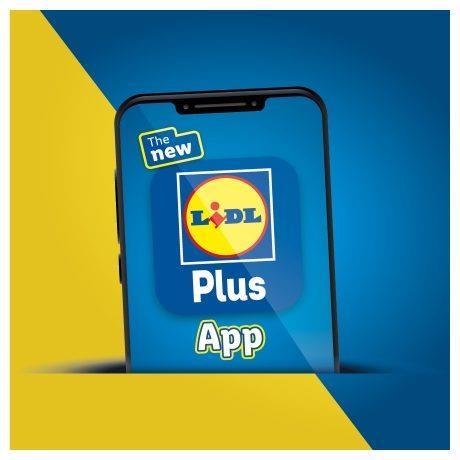
This premise seems to have worked. Since revamping the loyalty scheme in 2020, Tesco has attracted more users. More than 20 million households have now signed up to Clubcard. Of these, 6.6 million are regularly using the app, up from 2.5 million in August 2020.
It’s why CEO Ken Murphy pointed to Clubcard as one of Tesco’s “unique advantages” in its results presentation in October.
The key is having an offer that stands out from the crowd, IGD sums up. After all, 90% of shoppers have a loyalty card and 83% have more than one. “The benefits and offers provided need to be compelling and differentiated to ensure shoppers choose a particular retailer or offer, as they are likely to be being contacted by several simultaneously,” it points out.
Which means the battle for customer loyalty is likely to only get more intense.







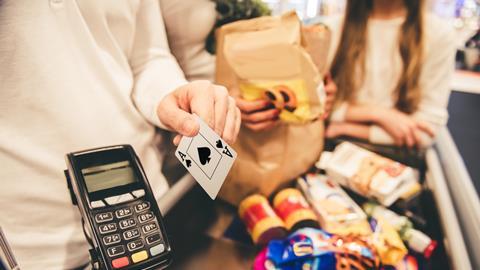
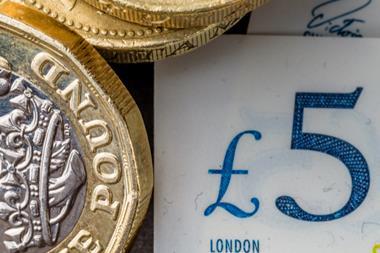




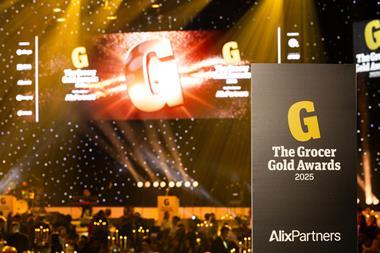






No comments yet